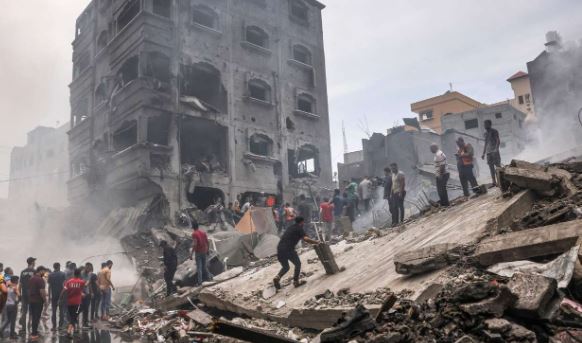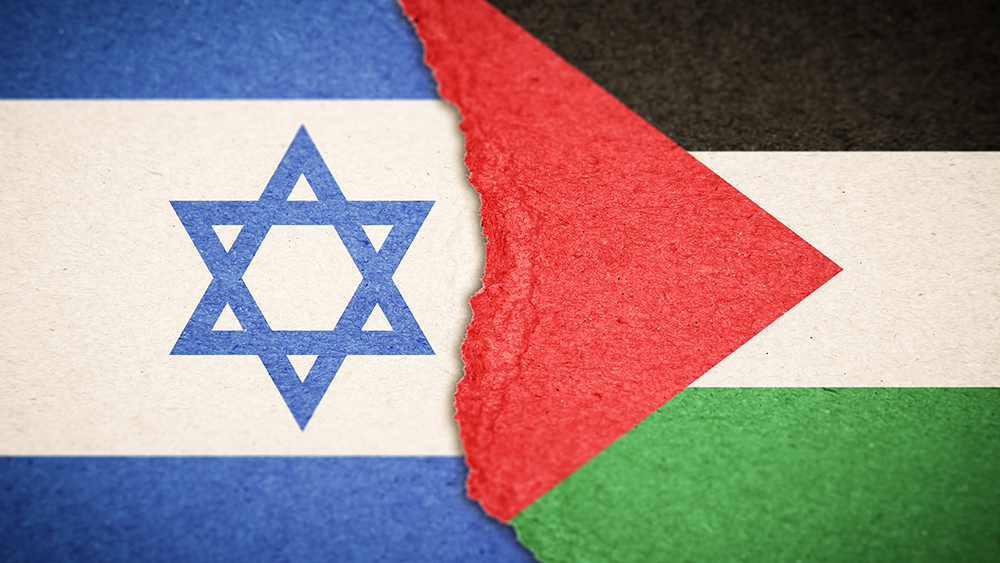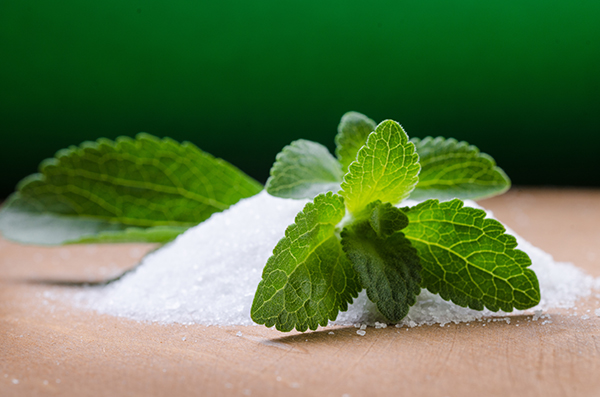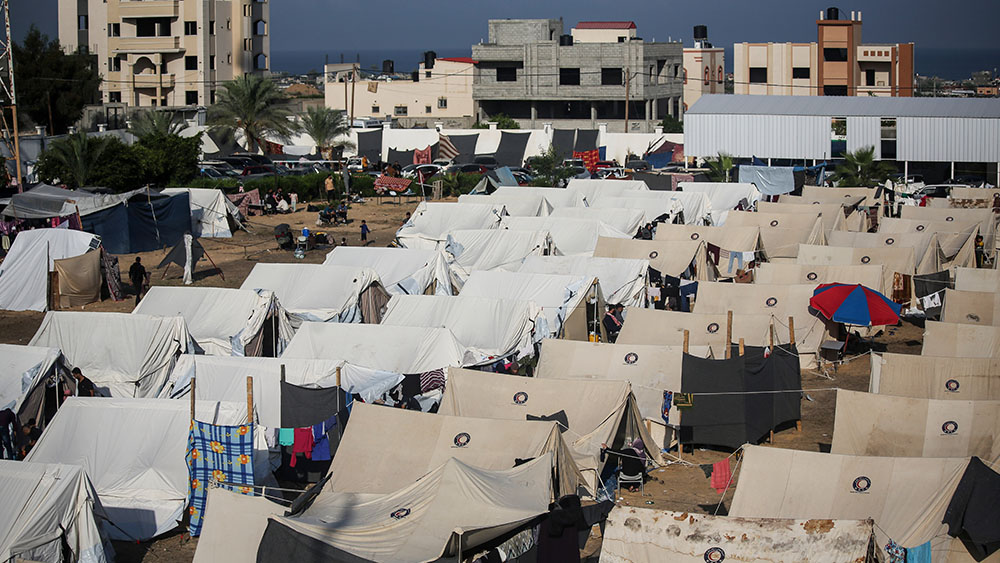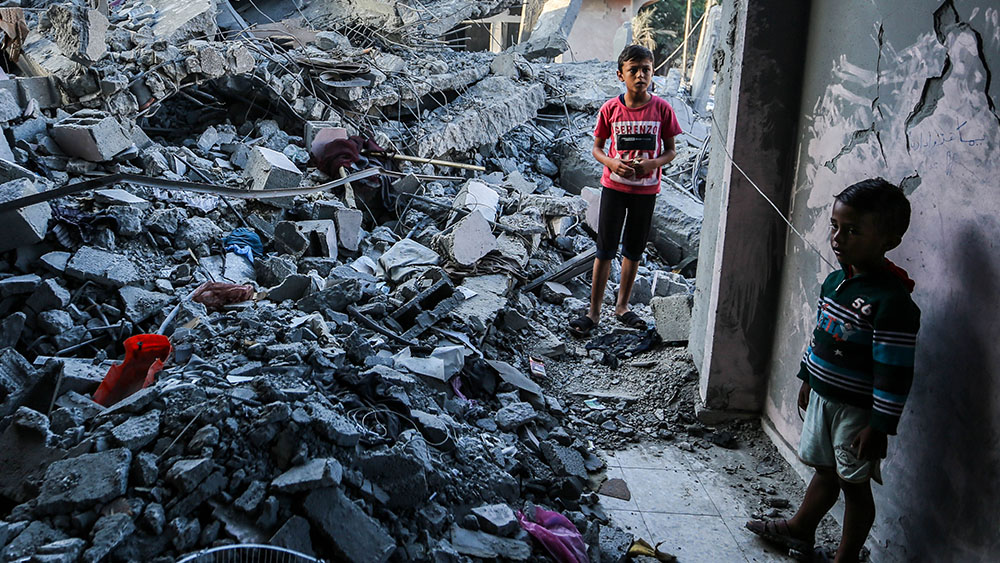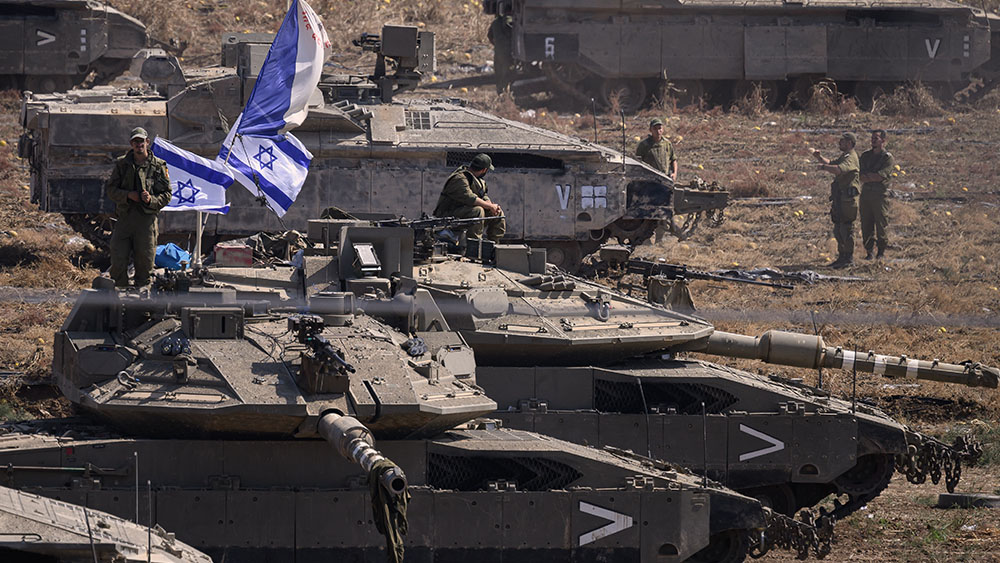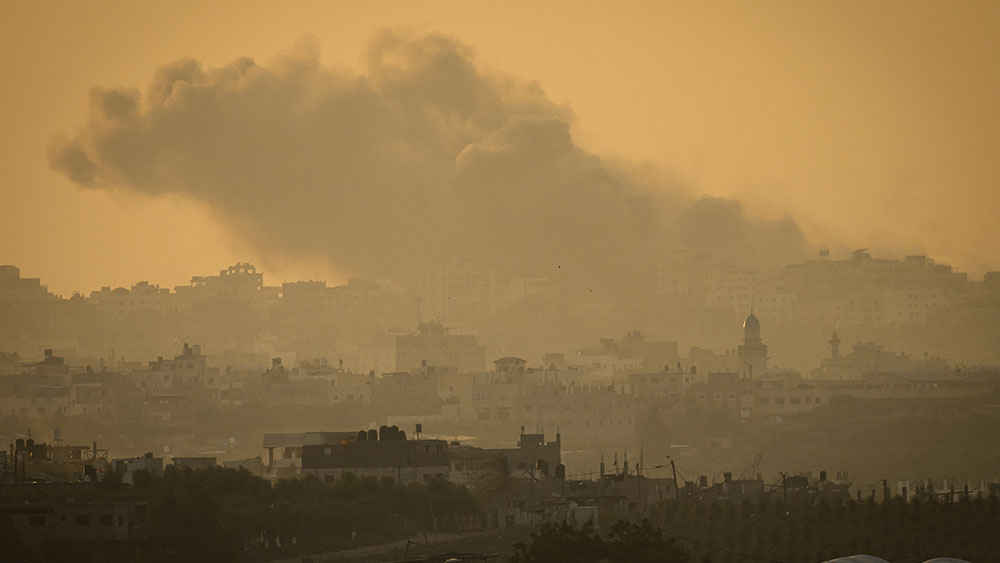Prepper essentials: Tips for building an emergency prepping kit
04/01/2024 / By Zoey Sky
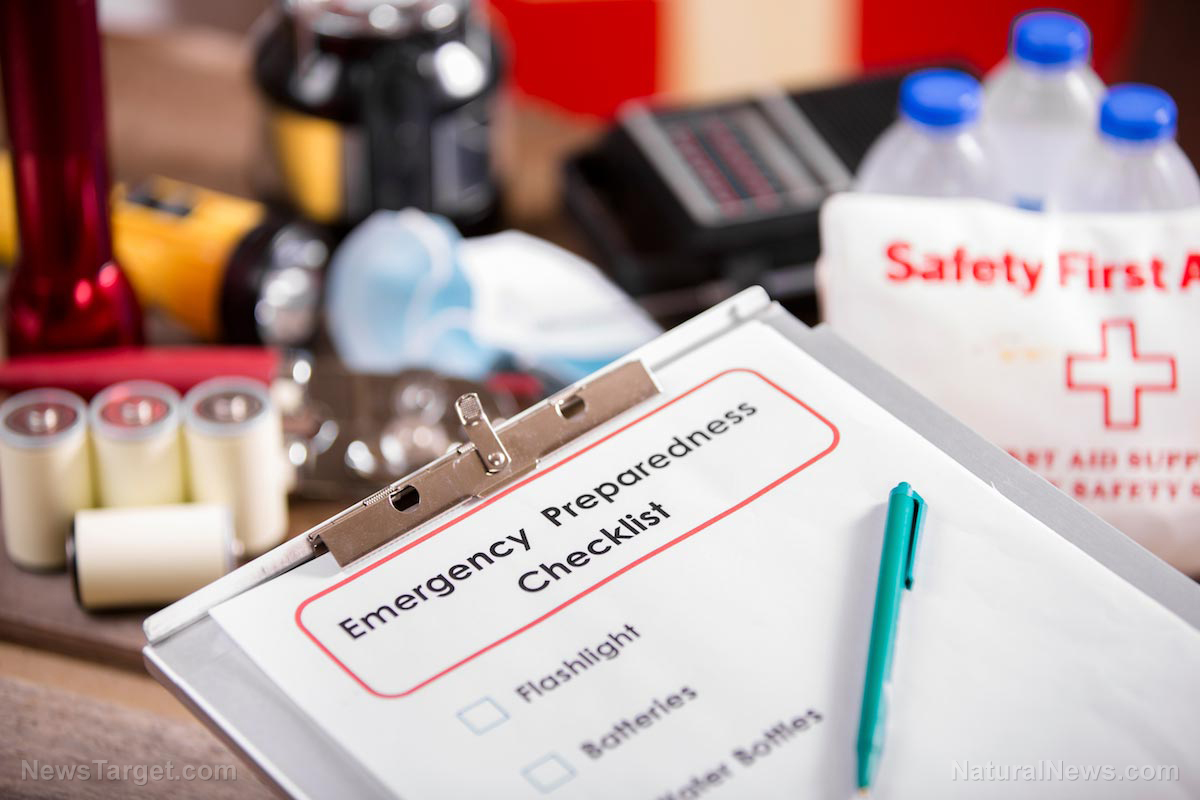
Planning for different emergencies such as a civil war or a hurricane may seem stressful. But you can start preparing by doing something as simple as building an emergency prepping kit. Like a bug-out bag for when you need to evacuate after SHTF, an emergency prepping kit will be useful if you plan to bug in, or stay at home, after unexpected disasters or emergencies.
An emergency prepping kit ensures that you have access to a variety of essential supplies, which can help your family stay safe during an emergency.
If you already have emergency prepping kits at home, you can create more kits for family and friends who aren’t preppers so they can get started on their journey to preparedness and self-sufficiency. (h/t to FoodStorageMoms.com)
Food and water supplies
Food and water supplies will ensure that you have enough to eat and drink and give you the energy you need to accomplish various tasks that might need doing after a disaster, like repairing damage to your home.
Water
Get at least one gallon of water per person per day for at least three days. You will need clean water for drinking and personal sanitation.
If you have extra space in your garage or stockroom, try to prepare extra water, allocating four gallons per person per day. This should be enough for your hydration, cooking, sanitation and limited laundry needs.
Non-perishable/shelf-stable food
If possible, prepare a three-day supply of non-perishable food, or close to it, such as:
- Canned beans
- Canned meats like canned chicken, salmon, tuna or turkey
- Canned soups
- Canned vegetables such as carrots, green beans or peas
- Cereal
- Crackers
- Dried fruits, apricots or raisins
- Dry pasta
- Granola bars
- Nuts or trail mixes
- Pasta sauces
- Peanut butter
- Powdered milk
- Seasonings like sugar, salt and pepper
These non-perishable items will provide sustenance without requiring refrigeration.
Manual can opener
Electric can openers are convenient, but when preparing an emergency prepping kit it’s better to include a manual can opener so you can still eat canned food even during a power outage. (Related: Prepping tips: How to prepare a food storage starter kit.)
Water purification tablets or filters
Since clean water is key to your survival, you can benefit from having water purification tablets or filters in your kit.
If the water supply becomes contaminated, you can use items like purification tablets or a portable water filter to make water safe for consumption.
Medical and hygiene supplies
These items are essential for maintaining proper hygiene and for treating minor medical emergencies after SHTF.
Prescription medications
If someone in the family has asthma, diabetes, hypertension or other health conditions that require prescription medications, look into getting extra supplies of those.
If possible, try to get enough medication that will last them at least several days.
First aid kit
Find a sturdy container and turn it into your first aid kit.
Include the following first aid supplies:
- Adhesive bandages and tape
- Allergy medications
- Anti-diarrhea medications
- Antiseptic wipes
- Bandages
- Disinfectants
- Gauze pads
- Scissors
- Tweezers
Don’t forget other supplies for babies or older people.
Basic personal hygiene items
Prepare toiletries like soap, shampoo, toothbrushes and toothpaste so you can maintain proper hygiene even after SHTF.
You might also need items like dust masks, a solution for your contact lenses and hand sanitizer for disease control during emergencies.
Miscellaneous personal hygiene products
Women in the family will need various feminine hygiene products like pads or tampons. If you have a baby at home, stock up on diapers and baby wipes.
Even if you don’t have an infant at home, moist towelettes or baby wipes can be used to maintain cleanliness when water is scarce. You should also get extra toilet paper and paper towels.
Garbage bags
You will need garbage bags for proper waste disposal and sanitation purposes.
Tools and safety equipment
These items are important for keeping everyone at home safe.
Portable radio
Use a battery-operated or hand-crank radio to stay informed about all emergency updates and news broadcasts. If you have a NOAA (National Oceanic and Atmospheric Administration) weather radio, you can check the weather conditions at all times.
Flashlights
Prepare several flashlights and extra batteries for battery-powered devices. Use the flashlights to provide illumination during power outages.
You can also get solar flashlights that you can charge in window sills when the sun is up.
Whistle
Tiny but important, a whistle can be used as a signaling device when SHTF or to attract attention if you need rescue.
Multi-tool or Swiss army knife
A multi-tool has many uses, and you may need one for cutting, opening, or repair work.
Other useful tools for your tool kit include:
- Ax
- Hammer
- Pliers
- Screwdrivers
- Wrench
- Saw
Shelter and warmth
These items will help you stay warm and shelter you if you have to bug out after a disaster.
Warm clothing
When preparing kits for the family, include a spare change of clothes with items like hats, gloves, socks and additional layers so you can stay warm in inclement weather.
If possible, the kits should have a complete change of clothing for each family member.
If your area has severe rain storms, you should also have rain gear in addition to a change of clothes.
A pair of sturdy shoes or boots
Shoes protect your feet, especially if you have to walk in an area with debris or if you need to walk long distances as you bug out.
Plastic sheeting and duct tape
If you need to evacuate, you can use these items for temporary shelter or to seal windows and doors in case of damage.
Tent or tarpaulin sheet
It’s ideal to have a portable shelter option for outdoor emergencies or evacuation scenarios.
Thermal blankets
Use thermal blankets to stay warm, especially in cold weather conditions. If you live in very cold climates, you may need a sleeping bag for all family members.
Communication and navigation
Maps and other tools in this section can help you navigate if you need to bug out.
Compass and local maps
These navigational tools will help you find your way if you can’t use your GPS or electronic devices.
Signal flares
Use signal flares if you need to signal for help or alert rescue teams to your current location.
Portable battery or hand-crank charger
With a portable battery, you can keep your electronic devices charged for communication and information access.
Emergency/survival whistle
An emergency or survival whistle can be used as an additional signaling device to attract attention after SHTF.
Fire and cooking supplies
These supplies are crucial if you have food in your kits that require cooking.
Matches or lighters
Store matches or lighters in a waterproof container so you can use them even in wet conditions.
Portable stove or camp stove
With a portable stove, you can cook and boil water when traditional methods are unavailable.
Cooking utensils
Your kits should include pots, pans, utensils and other cooking tools for meal preparation. To conserve water, include paper cups and plates along with plastic utensils for multiple meals.
Fire extinguisher
Make sure you have a fire extinguisher to put out small fires and prevent them from spreading.
Pet supplies
If you have pets, they’ll also need food, water and supplies. Their kits should include pet food, a leash, a collar with an ID tag, a pet carrier and additional items specific to your pet like treats and toys.
Stay one step ahead of emergencies and survival scenarios by building your emergency prepping kits today.
Visit Health Ranger Store to learn about a variety of useful prepping products.
Watch the video below to learn about the benefits of including nascent iodine in your emergency prepping kits.
This video is from the Health Ranger Store channel on Brighteon.com.
More related stories:
Unlocking the mastery of bucket food storage: Essential for complete preparedness.
Sensible prepper rules to follow when building your emergency stockpile.
Sources include:
Submit a correction >>
Tagged Under:
emergency food, emergency kits, emergency prepping kit, emergency stockpile, emergency supplies, homesteading, how-to, off grid, preparedness, prepper, prepping, prepping gear, prepping kits, prepping stockpile, SHTF, survival, survival kits, survival stockpile, tips
This article may contain statements that reflect the opinion of the author
RECENT NEWS & ARTICLES
Hunger.News is a fact-based public education website published by Hunger News Features, LLC.
All content copyright © 2022 by Hunger News Features, LLC.
Contact Us with Tips or Corrections
All trademarks, registered trademarks and servicemarks mentioned on this site are the property of their respective owners.

